Carrion / Rove Beetles
Carrion beetles which are in the Silphidae family are usually seen on freshly killed animals. They are also known as burying beetles.Studies have shown that it is actually the larvae that eat the carcass and the adults eat the maggots associated with the carrion.Silphidae are considered to be of importance to forensic entomologists because when they are found on a decaying body they are used to help estimate the time of death.They are black often with red, yellow or orange markings on the elytra or pronotum. The antenna are clubbed and these beetles are large in size ranging up to 1 inch long. Rove beetles are sleek and snakelike. They generally are recognized by their short wing covers, which leave much of the abdomen exposed. These beetles are brown or black and their antenna are threadlike or clubbed. They belong to the family Staphylinidae. This is the largest N.American beetle family with around 3100 species. Most rove beetles are predators as adults and the larvae live in a variety of niches. None are harmful to humans or their interests and many are beneficial predators of other insects. Although their wing covers are short their hind wings are well developed and most fly well. Many species run with the tip of the abdomen raised.
Disclaimer: The content of NatureSearch is provided by dedicated volunteer Naturalists of Fontenelle Forest who strive to provide the most accurate information available. Contributors of the images retain their copyrights. The point of contact for this page is: Eric Scholar.
-
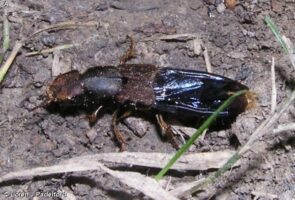 BROWN ROVE BEETLE
BROWN ROVE BEETLE
-
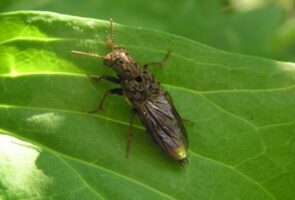 GOLD AND BROWN ROVE BEETLE
GOLD AND BROWN ROVE BEETLE
-
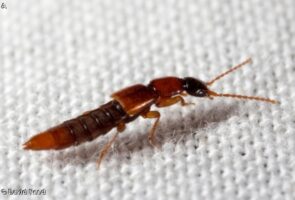 ROVE BEETLE
ROVE BEETLE
-
 ROVE BEETLE
ROVE BEETLE
-
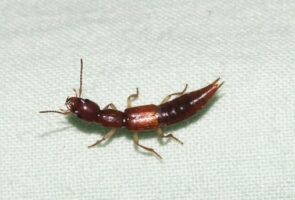 ROVE BEETLE
ROVE BEETLE
-
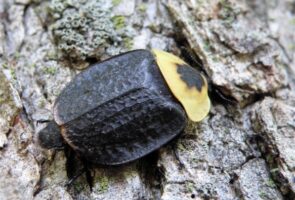 AMERICAN CARRION BEETLE
AMERICAN CARRION BEETLE
-
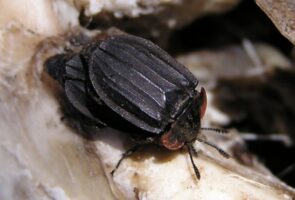 MARGINED CARRION BEETLE
MARGINED CARRION BEETLE
-
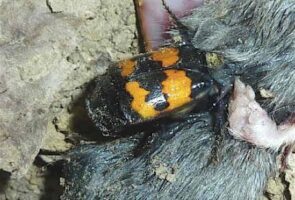 GOLD-NECKED CARRION BEETLE
GOLD-NECKED CARRION BEETLE
-
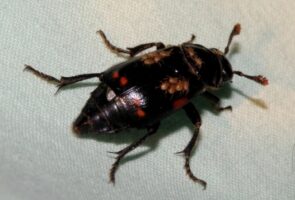 SEXTON BEETLE
SEXTON BEETLE
-
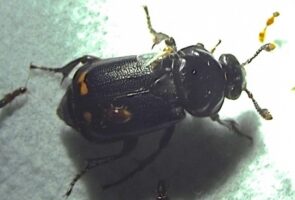 PUSTULATED CARRION BEETLE
PUSTULATED CARRION BEETLE
-
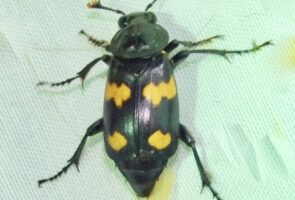 ROUND NECKED SEXTON BEETLE
ROUND NECKED SEXTON BEETLE
